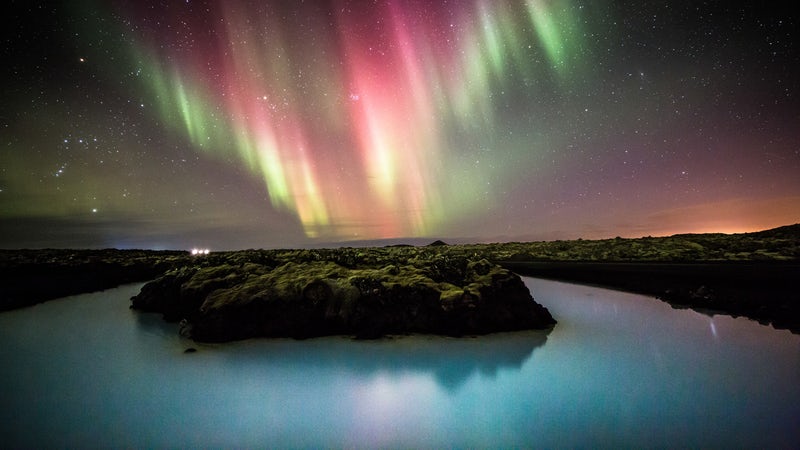Blue Lagoon, Iceland – Travel Tips
Category
Categories
Popular Articles

**Overview of the Destination:**
Blue Lagoon, Iceland’s most famous geothermal spa nestled in a lava field, is one of the island’s most popular tourist destinations. Its milky-blue seawater, rich in minerals like silica and algae, is said to have skin-beneficial properties. Nestled between Reykjavik and Keflavik Airport, the Blue Lagoon is crafted by nature but managed by man, making it the perfect blend of eco-friendly luxury. The spa’s naturally heated waters create a surreal yet soothing experience for travelers, making it an Icelandic must-do.
**Best Time to Visit:**
The best time to visit Blue Lagoon depends on what you want from your visit. In summer (June to August), you’ll experience longer daylight hours and milder temperatures. If the Northern Lights are on your bucket list, your best bet is from September to March. Regardless of when you plan your visit, always book your Blue Lagoon tickets in advance as it often sells out.
**Climate & What to Pack:**
Given Iceland’s cool maritime climate, you’ll need to pack warm and waterproof clothing for your entire trip. Even in summer, temperatures rarely rise above 15 degrees Celsius. A swimsuit is essential for your visit to Blue Lagoon, but towels, bathrobes, and slippers are provided in standard entrance packages. Consider a waterproof camera or case for your phone to capture magical memories in the water.
**Getting There:**
The nearest major airport is Keflavik International Airport. From here, you can take a direct shuttle to the Blue Lagoon which is approximately a 20-minute drive. Upon arrival in Iceland, you’ll need to provide travel details, a negative PCR test, and possibly quarantine, depending on current COVID-19 regulations. Always check updated travel information before planning your trip.
**Getting Around Locally:**
Local transportation in Iceland is reliable, and options include public buses or taxis. But, having a rental car gives you the freedom to explore the area at your pace. Be aware that, although small, the country’s terrain can be challenging.
**Safety Tips:**
Iceland is generally a safe country to visit. Remember that the Blue Lagoon is a natural space, so follow any given guidelines for health and safety. Stay hydrated and remember to take care of your belongings as you would anywhere else when using communal facilities.
**Top Things to Do & See:**
While the lagoon itself is the main attraction, don’t miss out on an in-water massage or a face mask from the silica mud bar. For the adventurous, explore the surrounding lava fields. Close by are other attractions such as the Reykjanes Peninsula and the iconic city of Reykjavik.
**Where to Stay:**
There’s accommodation for all budgets in Reykjavik, from luxury hotels to budget-friendly hostels. For a splurge, consider staying at The Retreat at Blue Lagoon, offering exclusive lagoon access and opulent suites.
**Food & Local Cuisine:**
Seafood and lamb feature prominently in Icelandic cuisine. Taste traditional dishes like Plokkfiskur (a fish and potato mash) at local restaurants. The LAVA Restaurant at Blue Lagoon offers delicious meals with stunning views of the thermal water.
**Cultural & Practical Tips:**
The official currency is the Icelandic Krona. English is widely spoken in Iceland, and tipping isn’t customary but appreciated for good service. The country uses European-style two-pin plugs for electricity, and Wi-Fi is usually free and reliable in hotels and cafés.
**Sustainable or Responsible Travel Tips:**
Ensure to maintain the cleanliness and respect the sanctity of this natural wonder, sticking to designated paths and not littering. The water in Blue Lagoon is naturally heated and cleaned, emphasising the spa’s commitment to eco-friendly operation.
**Personal Insight:**
Remember that Blue Lagoon, like much of Iceland, is a place to unwind and connect with nature. Don’t rush your visit – allow yourself to relax, enjoy the tranquility, and soak in one of the world’s most unique spa experiences.










